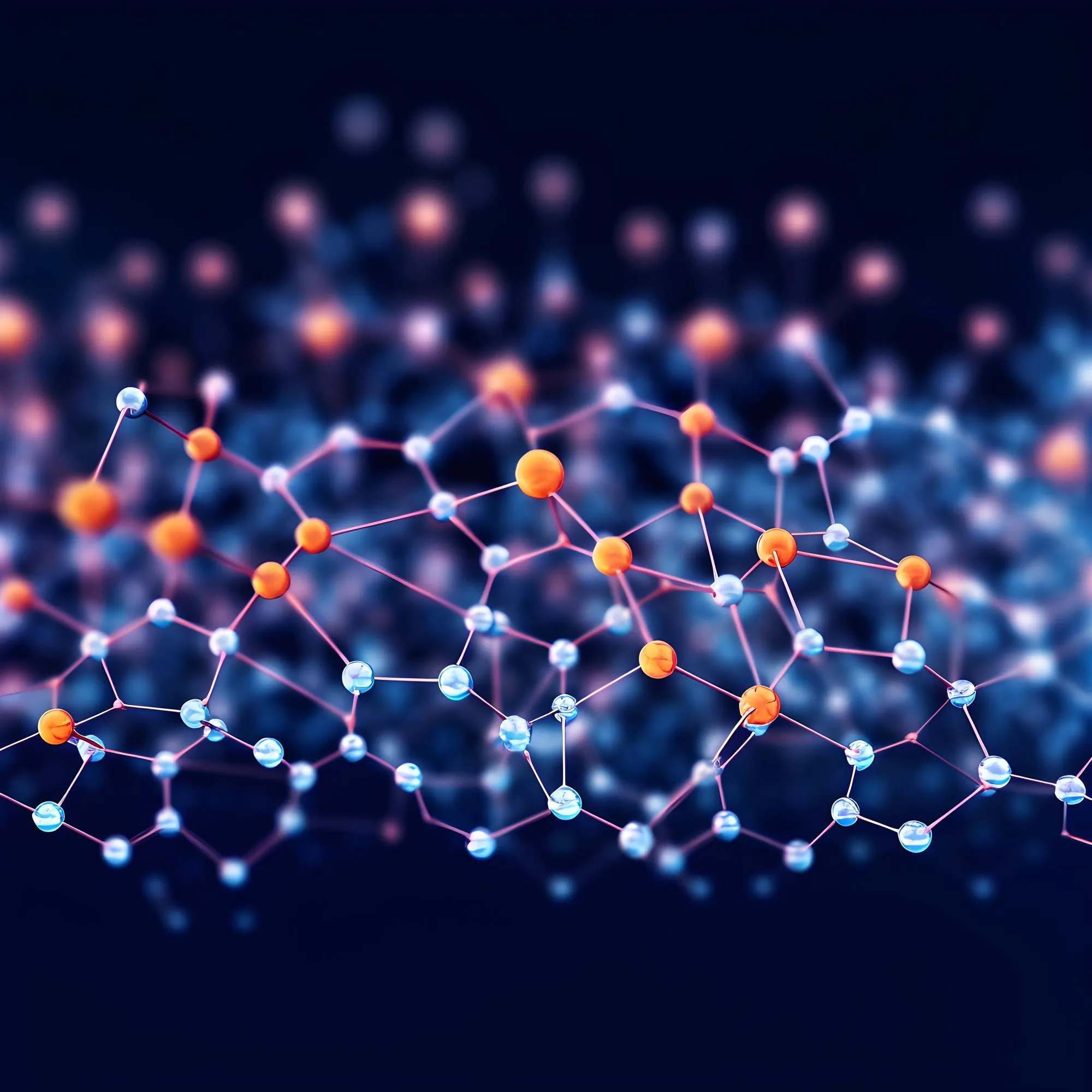Keywords
1. Cellulose Nanocrystals
2. Microwave-Assisted Extraction
3. Cladophora glomerata
4. Sustainable Nanomaterials
5. Hydrogen Peroxide Bleaching
In a groundbreaking study published in the International Journal of Biological Macromolecules, researchers have unveiled an innovative method to extract high-quality cellulose nanocrystals (CNCs) from the marine algae Cladophora glomerata. The novel technique involves microwave-assisted extraction (MAE), a significant improvement over the previously employed conventional heating methods. The findings of this study, presented by researchers Plianwong Samarwadee and Sirirak Thanchanok from Burapha University in Thailand, mark a pivotal step towards more efficient and sustainable production of CNCs. The article, with DOI 10.1016/j.ijbiomac.2024.129422, discusses how this new approach can revolutionize the nanomaterials industry, paving the way for broadened applications of this highly versatile substance.
Introduction to Cellulose Nanocrystals and Their Importance
Cellulose nanocrystals are nanoparticles derived from cellulose, the most abundant natural polymer on Earth. CNCs are revered for their remarkable properties, which include high crystallinity, robust mechanical strength, and a vast surface area that allows for extensive modification. Due to these characteristics, CNCs are considered promising materials for a variety of applications, ranging from medical to environmental, including drug delivery systems, reinforced composites, and even as potential replacements for non-renewable materials.
Innovative Microwave-Assisted Extraction of CNCs
The study conducted by Samarwadee and Thanchanok from the Faculty of Pharmaceutical Sciences and the Pharmaceutical Innovations of Natural Products Unit at Burapha University focuses on CNC extraction from Cladophora glomerata algae. These algae are known to produce a form of nanocellulose with exceptional properties, making them an ideal source of high-quality CNCs. However, until now, the full exploitation of this resource has been hindered by the limitations of conventional extraction methods.
The researchers have developed a microwave-assisted extraction method that dramatically accelerates the process of obtaining CNCs from the algae. The method involves the use of microwave radiation, which provides rapid and uniform heating. This approach is not only faster but it also promotes greater efficiency and consistency in extracting CNCs, with the added benefit of reduced energy consumption compared to traditional methods.
The Role of Greener Bleaching Agents
An essential step in the extraction process of CNCs from Cladophora glomerata is bleaching, traditionally done using hypochlorite. Nevertheless, the research team has sought to replace this chemical with hydrogen peroxide, a more environmentally friendly alternative. Hydrogen peroxide effectively removes pigments and other impurities from the nanocellulose without the harmful environmental impact associated with chlorinated compounds.
Implications of the Microwave-Assisted Extraction Method
The introduction of MAE as a method for producing CNCs has significant implications for sustainability and the environment. The green chemistry approach adopted by the researchers in utilizing hydrogen peroxide aligns with the global push towards more eco-friendly industrial processes. The implementation of MAE could potentially lead to a decrease in the overall carbon footprint of nanocellulose production. Furthermore, the enhanced quality and purity of the resulting CNCs could broaden their applicability across industries.
Financial and Institutional Support
The research project by Samarwadee and Thanchanok has been financially supported by Burapha University’s Faculty of Pharmaceutical Sciences, indicating the institution’s commitment to fostering innovation and sustainability in materials science. Sirirak Thanchanok has also disclosed a relationship with the university that includes funding grants, further highlighting the collaborative efforts between researchers and institutions in advancing scientific research.
Conclusion and Future Prospects
The findings of this study present a transformative approach to the production of CNCs, demonstrating the feasibility and benefits of using MAE coupled with greener bleaching agents for the efficient and sustainable extraction of nanomaterials from natural sources. The scalable and eco-friendly nature of this new method could have far-reaching consequences, potentially leading to increased production and new uses for CNCs in various sectors.
As the world increasingly gravitates towards sustainable production methods and renewable materials, the research by Samarwadee and Thanchanok represents a timely and vital advancement. The future of CNC production appears brighter than ever, with the adoption of MAE potentially facilitating the development of innovative products that leverage the exceptional properties of these nanocrystals while mitigating the environmental impact of their production.
The scientific community and industry stakeholders alike are keeping a close eye on further developments resulting from this research, as the potential for broadening the application of CNCs has never been so promising. As the challenges of climate change and resource depletion become more pressing, solutions like the one outlined in the International Journal of Biological Macromolecules will be crucial in steering us towards a more sustainable and resilient future.
References
1. “Cellulose nanocrystals from marine algae Cladophora glomerata by using microwave-assisted extraction.” Samarwadee Plianwong, Thanchanok Sirirak. International Journal of Biological Macromolecules (2024). 10.1016/j.ijbiomac.2024.129422
2. Moon, Robert J., et al. “Cellulose nanomaterials review: structure, properties, and nanocomposites.” Chemical Society Reviews 40.7 (2011): 3941-3994.
3. Habibi, Youssef, Luciani A. Lucia, and Orlando J. Rojas. “Cellulose nanocrystals: chemistry, self-assembly, and applications.” Chemical Reviews 110.6 (2010): 3479-3500.
4. Trache, Djalal, et al. “Nanocellulose: From fundamentals to advanced applications.” Frontiers in Chemistry 8 (2020): 392.
5. Siró, István, and David Plackett. “Microfibrillated cellulose and new nanocomposite materials: a review.” Cellulose 17.3 (2010): 459–494.
